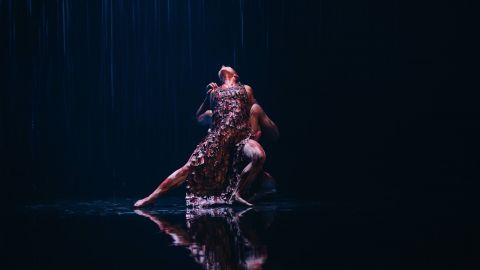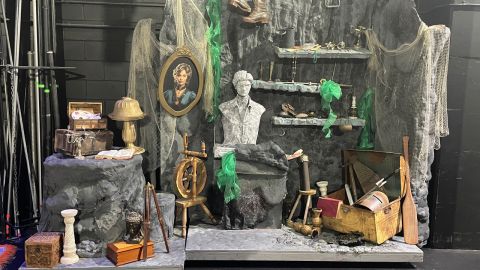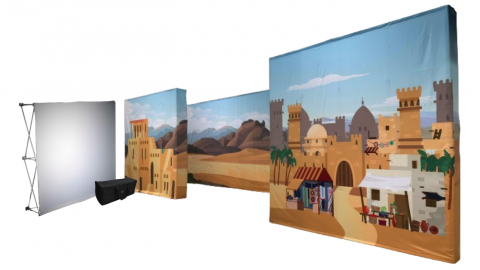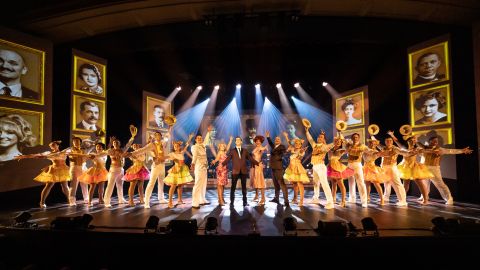Meet the Costume Designer Who has to 'Play' with Fire
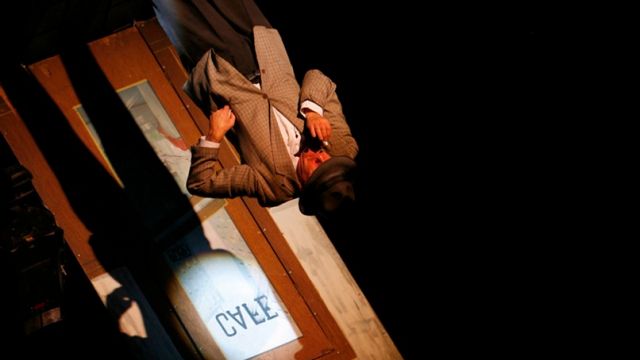
Circus Oz costume designer Laurel Frank has more challenges than most. Firstly she has to wait until rehearsals start to see what look is appropriate, then she needs to make costumes with an eye to endurance, comfort, walking upside down and fire retardant.
A founding member of Circus Oz in 1978, she has been the unique Australian circus company’s resident costume designer for many years, sending them on countless Australian and international tours.
What is the process involved as you go into designing a new show for Circus Oz?
For this (2010) show we do have a design brief and we have looked at Steampunk style, which is a blend of Victorian era fashion and punk fashion. For other shows we have built an eclectic overall design from each act being done in a distinct way. The show is planned in advance in terms of choosing performers for their particular skill, but the major development of content is during rehearsal, so I work in parallel with that, which means that I can't really design the show completely in advance of rehearsal. It is a mad rush to keep up with developments and produce working costumes during the brief rehearsal period. Scary!
What are the particular challenges of designing costumes for circus performance?
There are a lot of technical demands on costume to do with performers turning, twisting, somersaulting etc., so designs and fabrics need to allow great flexibility. It is similar to designing for dance in that way, but there is the added element of working in the air and working with gear and equipment.
Is there a safety / OH & S element involved as well?
Costumes have to strategically protect different parts of the body from the abrasion of ropes, cables, floors and poles. Costumes can't interfere with movement as this can have safety implications. Circus performers do put up with a lot of pain from their work, so costumes have to try and minimise that by covering and protecting, or alternatively, not covering too much, to allow freedom of movement. For instance, with an act involving fire, fabrics used have to be fire-retardant and sometimes it is better to have very little fabric to minimise the risk of flame catching.
Tell us about your design process.
I will look at period costume, fashion and art to try and generate a spark, but this can also come from a chance remark of someone in rehearsal, as we all strive to give something a form. We did a pole climbing act some years ago, where performers are in very stretchy but reinforced jumpsuits and the director suggested motorcross uniforms could be a starting point. We talked over the visual branding that is a part of those outfits and someone suggested we put the names of muscles instead of sponsor names, so this became a set of witty costumes with printed labels all over that said "gluteus maximus," "trapezius," etc.
Circus Oz also makes use of their extensive costume store.
We have been creating shows for over 30 years so we have a store of costumes, which are expressions of ideas that have come up for acts over that time. An interesting development for me is that we do a number of photoshoots to generate publicity photos and I throw costume ideas into them which often end up in the show. For a photoshoot for this show, I pulled out an elaborate frockcoat that I found years ago. It became a very funny costume for a "heavy metal" rock musician and established the style for the whole band.
To what extent are you able to source costumes, or are they mostly made?
Most costumes are made specifically for acts, but I do find unique vintage or fashion items that work. The difficulty with a lot of found pieces is that they are not constructed strongly enough to survive the rigour of being worn every night and constantly laundered.
How does Circus Oz approach the maintenance of costumes, given the extended runs and highly physical nature of the performance? How do you work toward this in the design and manufacture of costume?
Maintenance of costumes is a big headache, as the company doesn't tour with a wardrobe person, so everything has to be made strongly in order to last. I have favourite fabrics that are industrial strength that I know will stand the rough treatment they get. There are techniques that are common to all kinds of theatre costuming, for instance backing and lining everything to support the outer fabric and give a firm finish.
Do you have a favourite costume over the years?
I have at least one for each year I have been involved. Sometimes they are a favourite because the act has been such a great idea or so funny, such as Nicci Wilkes’ singing diva dress with exaggerated padding from two years ago.
Sometimes it's great fabric, or where we have found time to do some detailed beading or other type of finishing, such as Flip Kammerer's multi-colured corset from the last show.
Sometimes it's because we have had to solve a tricky technical issue like how to costume someone walking upside down on the ceiling, as in Tim Coldwell's classic "Roofwalk".
What is the essence of costume design for you?
The essence of design is to visually present the idea inherent in an act and enhance the qualities of the performers who are presenting it.
Laurel’s ongoing work for Circus Oz has been documented and collected by the Performing Arts Museum in Melbourne.
Originally published in the July / August 2010 edition of Stage Whispers.
Image: Tim Coldwell's Roofwalk - Circus Oz. Photographer: Ponch Hawkes

